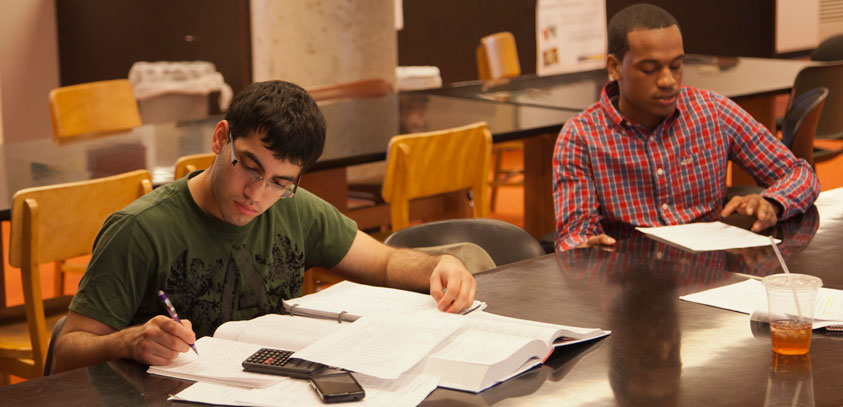Aid Like A Paycheck
Incremental Aid to Promote Student Success

Can financial aid programs do more to help low-income college students achieve academic success and complete their degrees? This brief describes Aid Like A Paycheck, a promising pilot program that distributes financial aid every other week to help students progress academically and better manage their money. The program relies on existing financial aid dollars, primarily Pell Grants, but seeks to use them more effectively. Aid Like A Paycheck has been successfully pilot-tested at two institutions, where implementation was relatively straightforward and the policy was well received by college staff and students. The early outcomes from the pilot make the case for expanding the program and testing it rigorously on a larger scale.
In the 2011-2012 award year, the federal government provided over $33 billion in Pell Grants to nearly 9.5 million low- and middle-income students. Yet too many of these students do not succeed academically. More than a third of students who enroll in college do not earn a degree and are not enrolled in any postsecondary institution six years later; at community colleges, the fraction is close to half. Many factors hinder students from completing college, and financial concerns are a major component. Even if they receive federal and state financial aid, often it is not sufficient to meet their needs. Financial burdens often drive students to work too many hours while in school, forcing them to cut back on study time or drop classes; some students drop out altogether.
In 2009, MDRC and The Institute for College Access & Success (TICAS) launched the Aid Like A Paycheck project based on a simple, yet potentially transformative, idea: after tuition and fees have been paid to a college, disburse the remaining financial aid to students evenly throughout the term — like a paycheck. The goals of the program are to help students achieve a good balance between time in work and school, and think about school as a job where regular attendance and meaningful effort are rewarded. The theory is that payments every other week will help students manage their money more effectively and will enable them to make choices that will ultimately lead to positive academic outcomes, including higher rates of persistence in school, credit accumulation, and ultimately credential and degree attainment.
Aid Like A Paycheck might also hold promise for making financial aid programs — whether federal, state, or private — more cost-effective for both students and colleges. It would do so by ensuring that aid is distributed to students while they maintain their enrollment, thereby reducing the likelihood that students who leave college before the end of term would be required to pay it back.
While financial aid is critical to college access, with Aid Like A Paycheck the Pell Grant and other financial aid programs could powerfully influence not just access but also success for more than two million students annually. In August 2013, the president included incremental aid disbursement as part of his proposal to make college more affordable.







